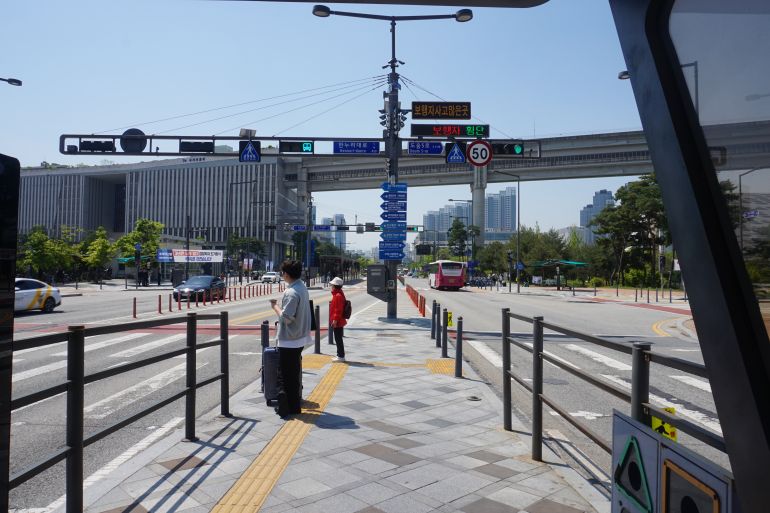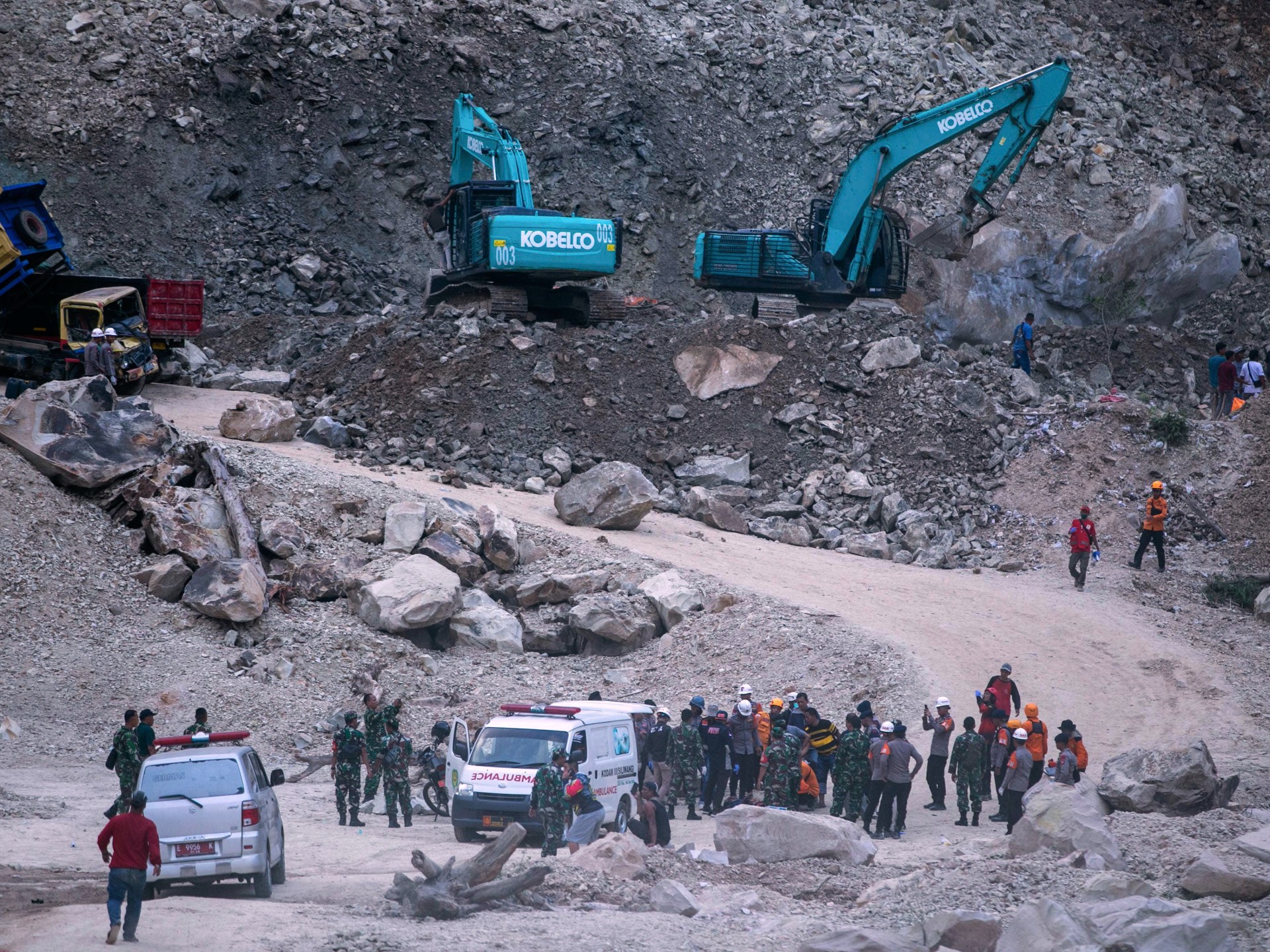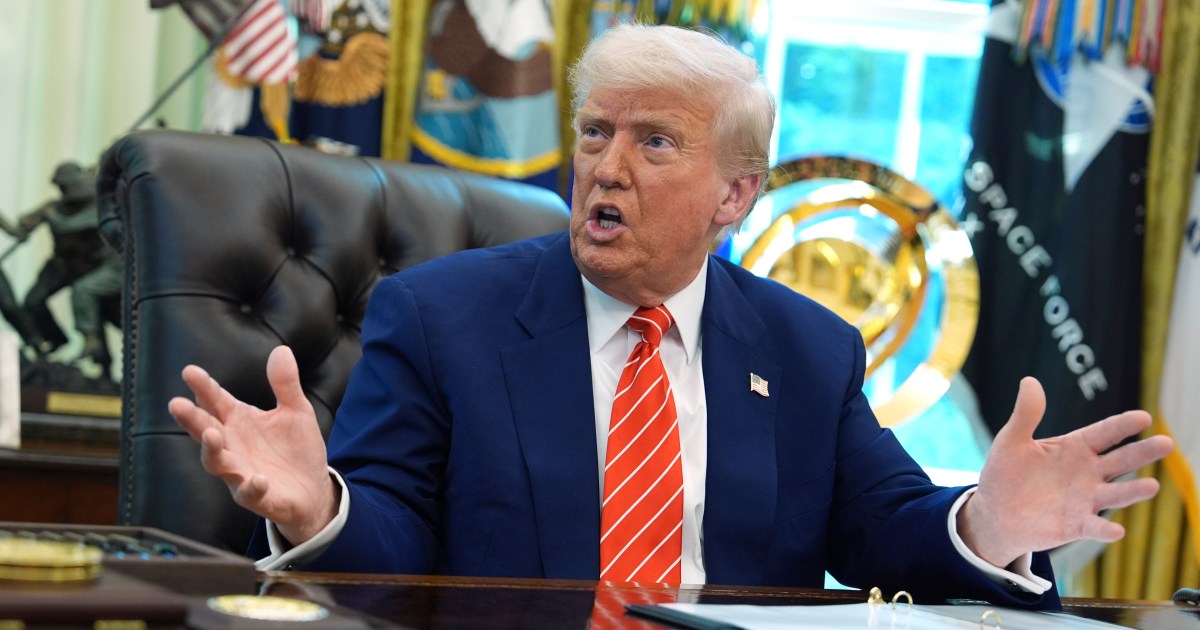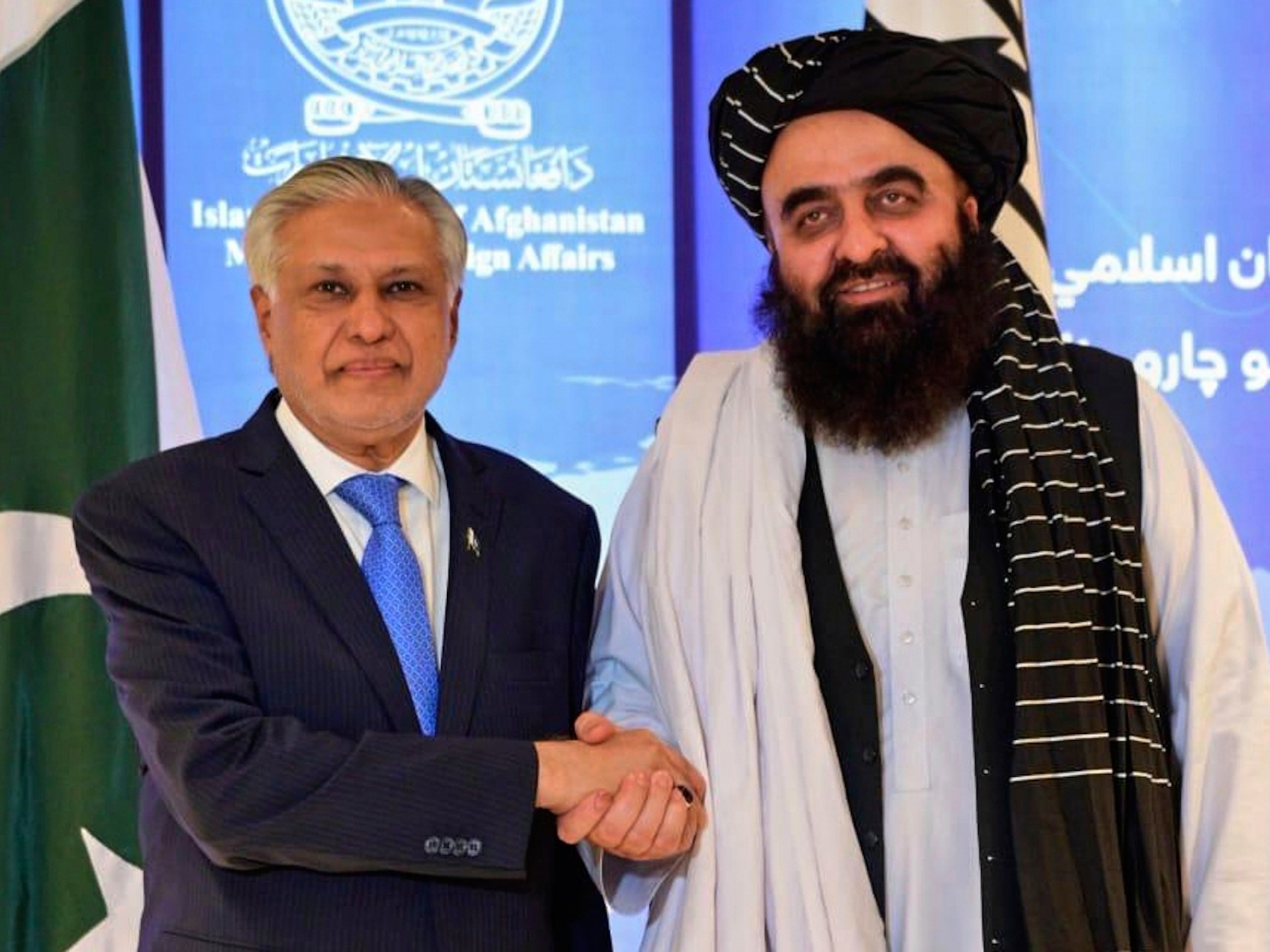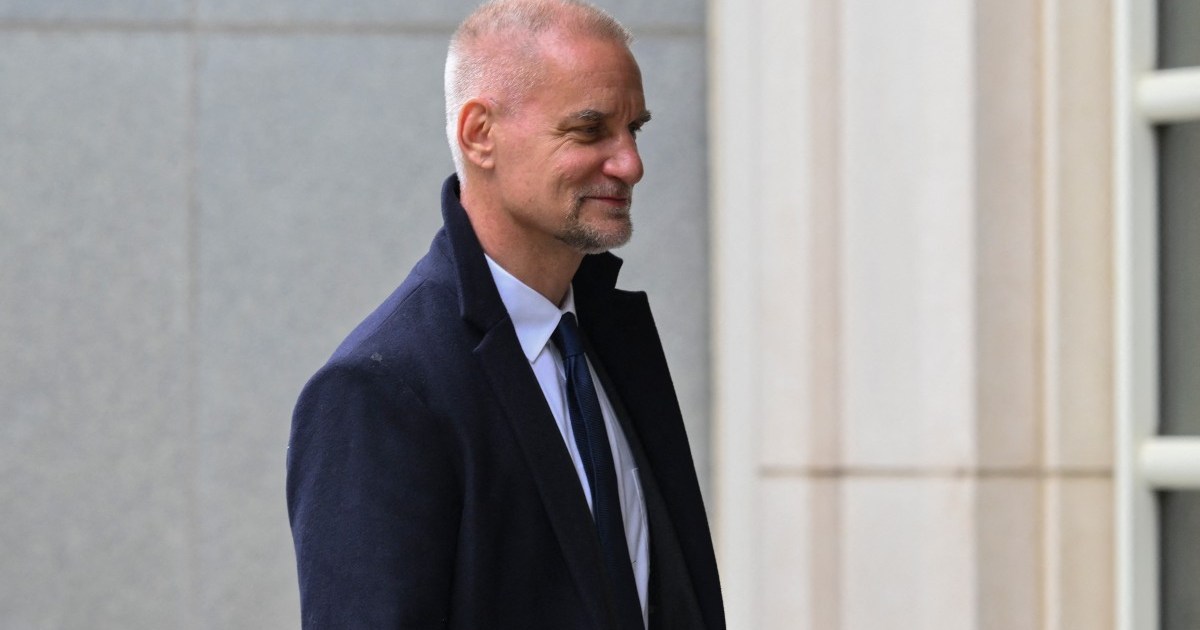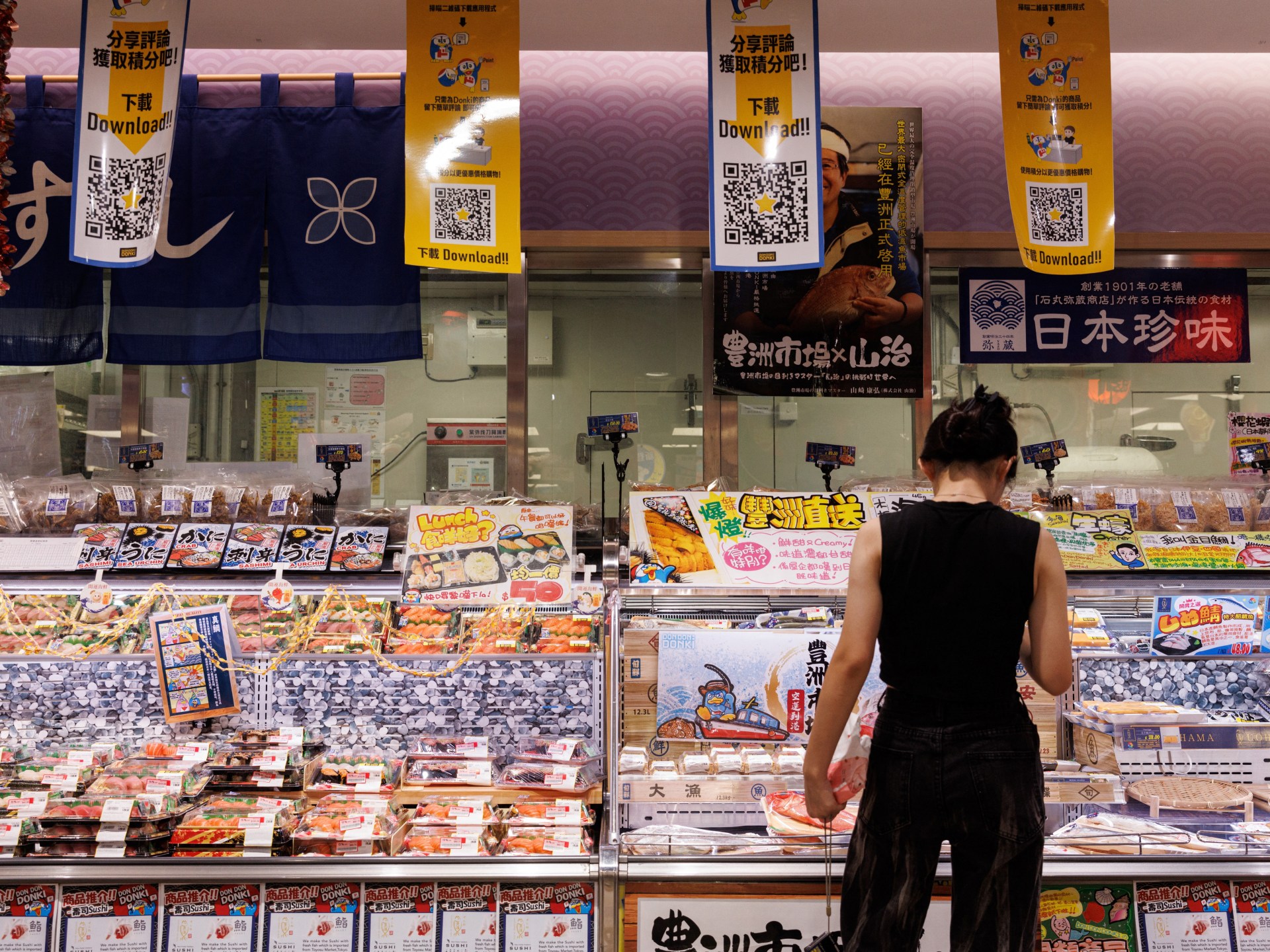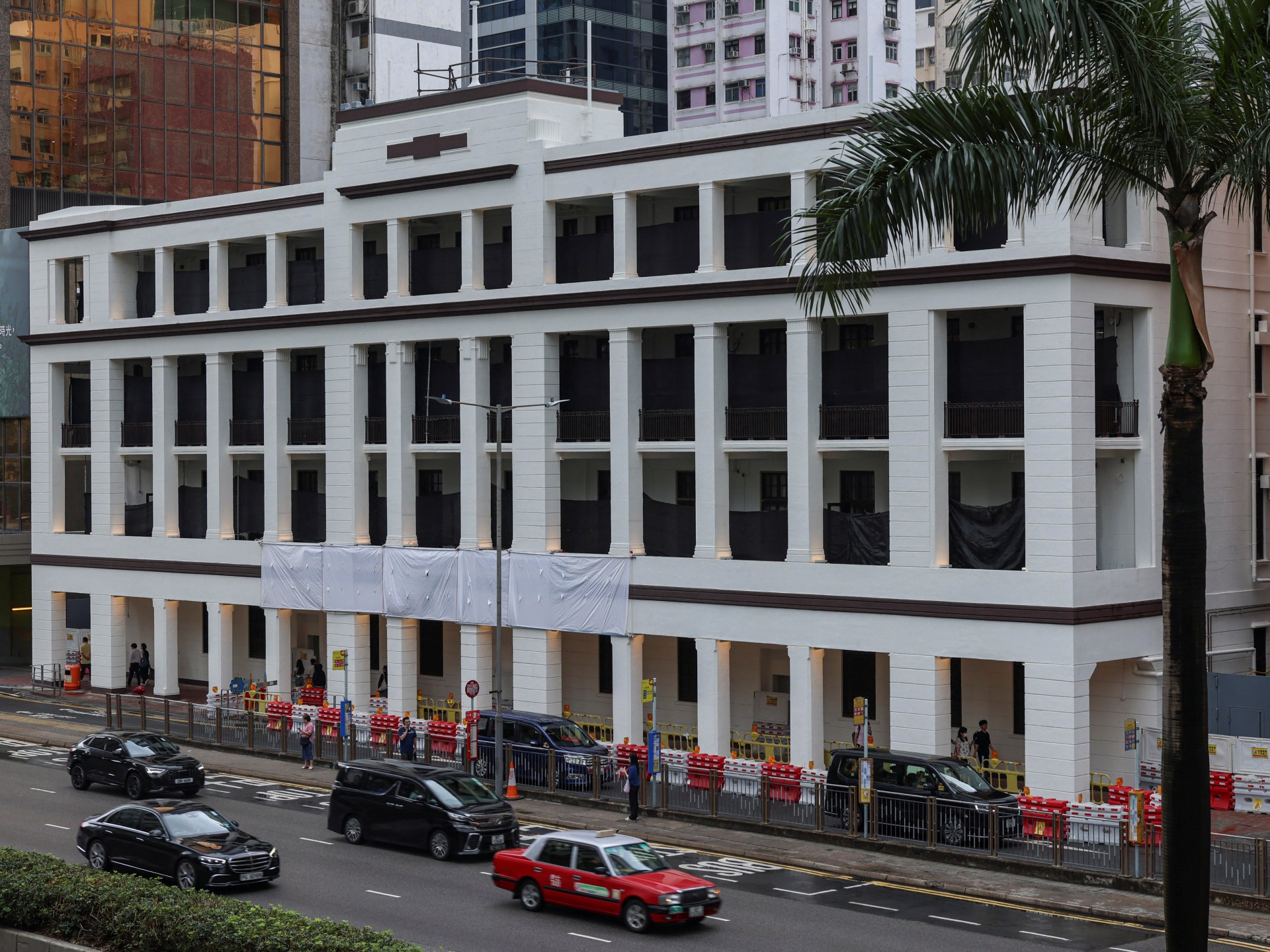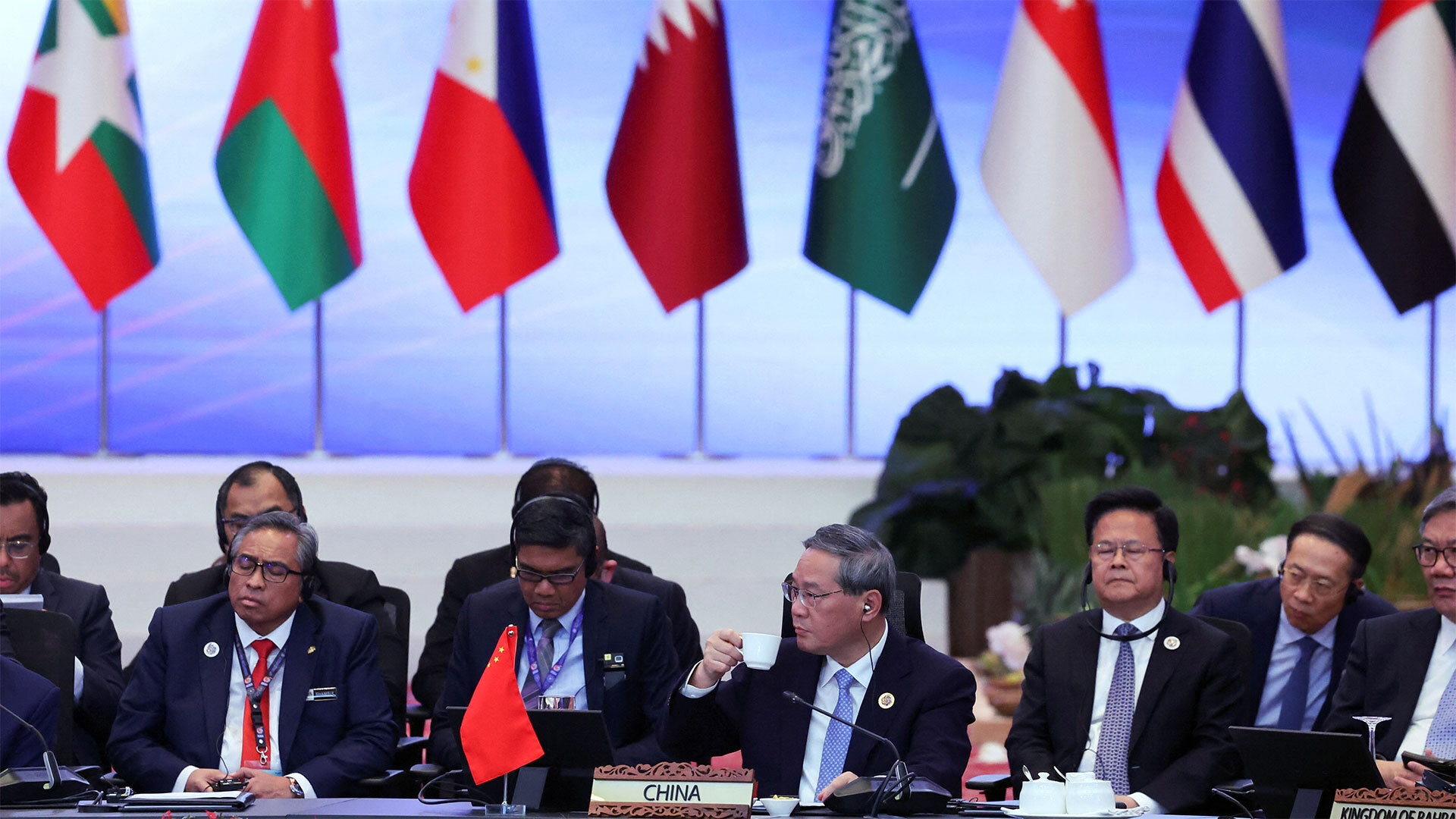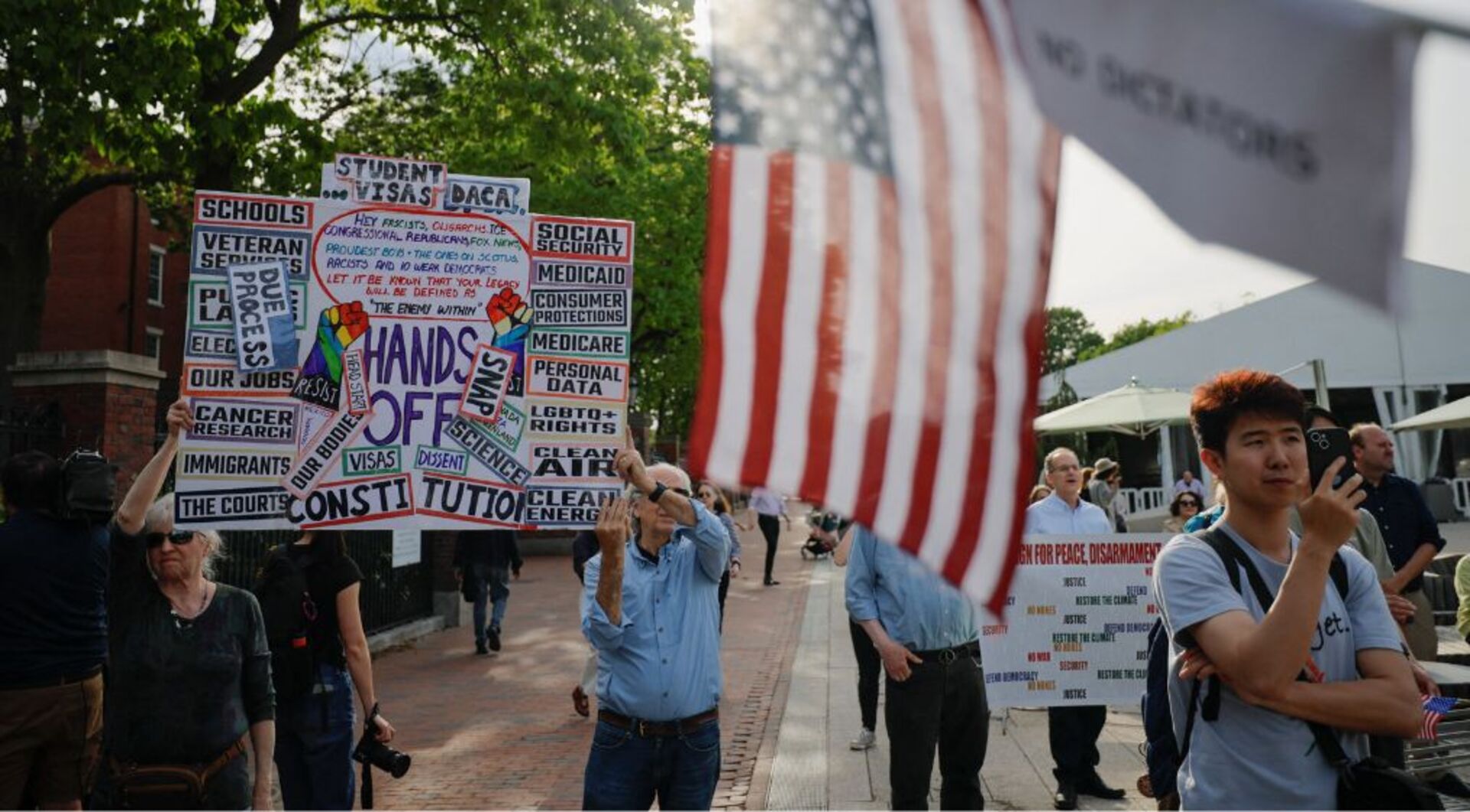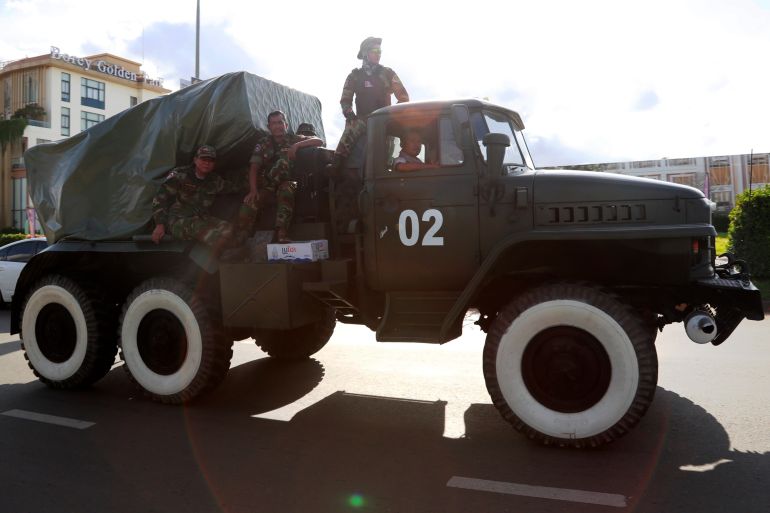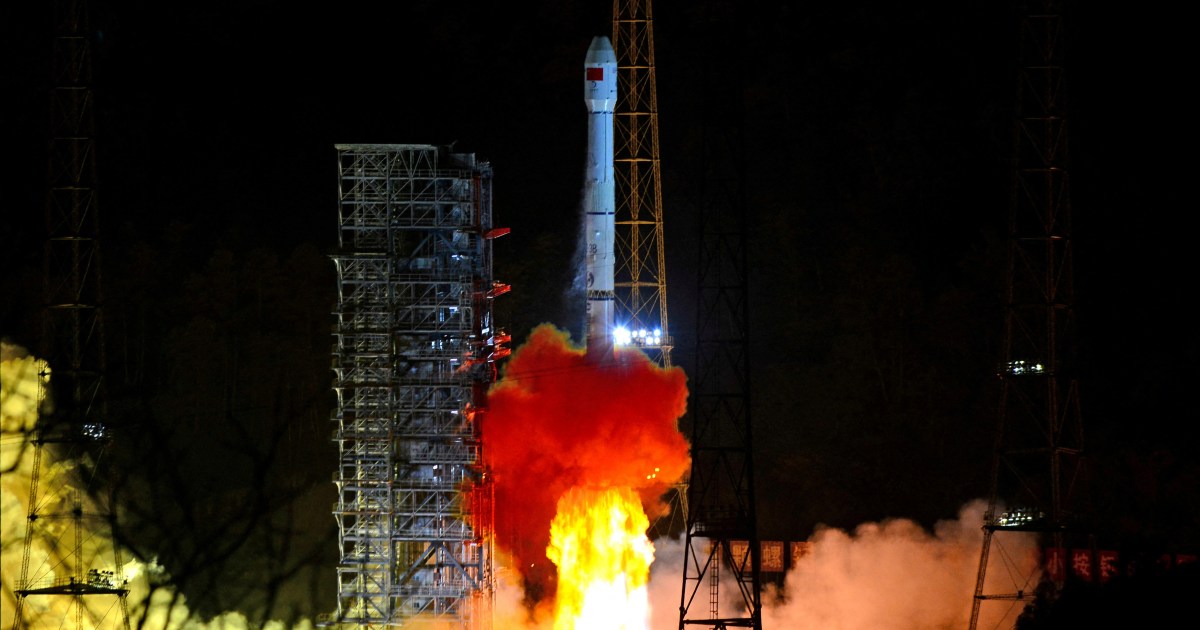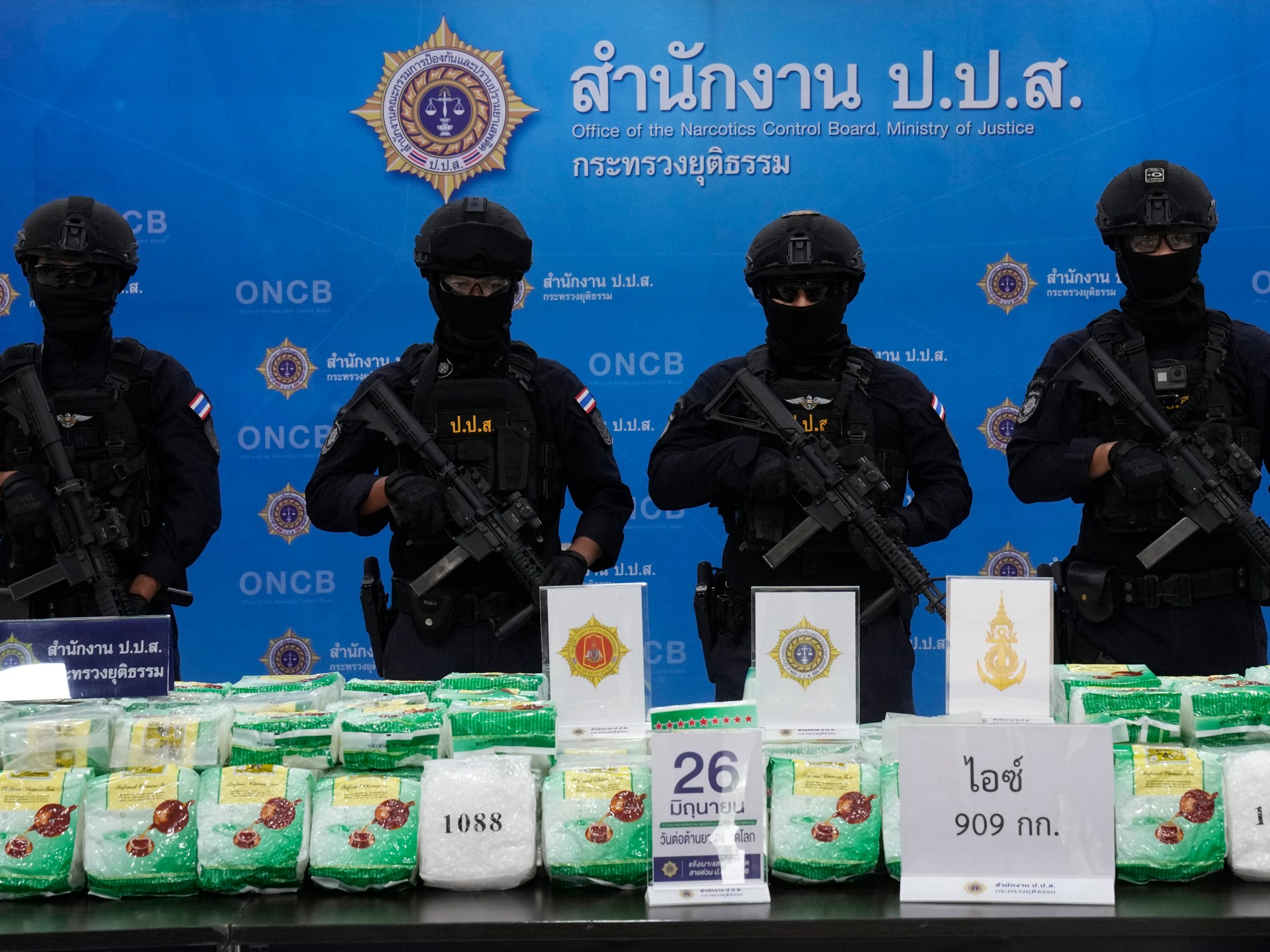‘Everyone feels unsafe’: Border panic as Indian forces kill Myanmar rebels | Politics News
Flies hovered over the blackened and swollen bodies of men and boys, lying side-by-side on a piece of tarpaulin, in blood-soaked combat fatigues, amid preparations for a rushed cremation in the Tamu district of Myanmar’s Sagaing region, bordering India.
Quickly arranged wooden logs formed the base of the mass pyre, with several worn-out rubber tyres burning alongside to sustain the fire, the orange and green wreaths just out of reach of the flames.
Among the 10 members of the Pa Ka Pha (PKP), part of the larger People’s Defence Forces (PDF), killed by the Indian Army on May 14, three were teenagers.
The PKP comes under the command of the National Unity Government (NUG), Myanmar’s government-in-exile, comprising lawmakers removed in the 2021 coup, including legislators from Nobel Laureate Aung San Suu Kyi’s National League for Democracy party.
It mostly assists the PDF – a network of civilian militia groups against the military government – which serves, in effect, as the NUG’s army.
The Indian Army said that on May 14, a battalion of the country’s Assam Rifles (AR) paramilitary force patrolling a border post in the northeast Indian state of Manipur, killed 10 men armed with “war-like stores” who were “suspected to be involved in cross-border insurgent activities”. The battalion, the Indian Army said, was “acting on specific intelligence”.
The Indian soldiers were stationed at the border in Chandel, a district contiguous with Tamu on the Myanmar side of the frontier. Manipur has been torn by a civil war between ethnic groups for the past two years, and Indian authorities have often accused migrants from Myanmar of stoking those tensions.
However, disputing the Indian version of the May 14 events, the exiled NUG said its cadres were “not killed in an armed encounter within Indian territory”. Instead, it said in a statement, they were “captured, tortured and summarily executed by” Indian Army personnel.
For nearly five years since the coup, political analysts and conflict observers say that resistance groups operating in Myanmar, along the 1,600km-long (994 miles) border with India, have shared an understanding with Indian forces, under which both sides effectively minded their own business.
That has now changed with the killings in Tamu, sending shockwaves through the exiled NUG, dozens of rebel armed groups and thousands of refugees who fled the war in Myanmar to find shelter in northeastern Indian states. They now fear a spillover along the wider frontier.
“Fighters are in panic, but the refugees are more worried – they all feel unsafe now,” said Thida*, who works with the Tamu Pa Ah Pha, or the People’s Administration Team, and organised the rebels’ funeral on May 16. She requested to be identified by a pseudonym.
Meanwhile, New Delhi has moved over the past year to fence the international border with Myanmar, dividing transnational ethnic communities who have enjoyed open-border movement for generations, before India and Myanmar gained freedom from British rule in the late 1940s.
“We felt safe [with India in our neighbourhood],” said Thida. “But after this incident, we have become very worried, you know, that similar things may follow up from the Indian forces.”
“This never happened in four years [since the armed uprising against the coup], but now, it has happened,” she told Al Jazeera. “So, once there is a first time, there could be a second or a third time, too. That is the biggest worry.”
![A document that the officials in Tamu, Myanmar, said that Indian security forces gave to them to sign, in order to be get back the bodies [Photo courtesy the National Unity Government of Myanmar]](https://www.occasionaldigest.com/wp-content/uploads/2025/06/Handing-over-doc-1748844077.jpg)
‘Proactive operation or retaliation?’
On May 12, the 10 cadres of the PKP arrived at their newly established camp in Tamu after their earlier position was exposed to the Myanmar military. A senior NUG official and two locals based in Tamu independently told Al Jazeera that they had alerted the Indian Army of their presence in advance.
“The AR personnel visited the new campsite [on May 12],” claimed Thida. “They were informed of our every step.”
What followed over the next four days could not be verified independently, with conflicting versions emerging from Indian officials and the NUG. There are also contradictions in the narratives put out by Indian officials.
On May 14, the Indian Army’s eastern command claimed that its troops acted on “intelligence”, but “were fired upon by suspected cadres”, and killed 10 cadres in a gunfight in the New Samtal area of the Chandel district.
Two days later, on May 16, a spokesperson for India’s Ministry of Defence said that “a patrol of Assam Rifles” was fired upon. In retaliation, they killed “10 individuals, wearing camouflage fatigues”, and recovered seven AK-47 rifles as well as a rocket-propelled grenade launcher.
Five days later, on May 21, the Defence Ministry identified the killed men as cadres of the PKP. The ministry spokesperson further noted that “a patrol out to sanitise the area, where fence construction is under way along the [border], came under intense automatic fire”, with the intent “to cause severe harm to construction workers or troops of Assam Rifles to deter the fencing work”.
Speaking with Al Jazeera, a retired Indian government official, who has advised New Delhi on its Myanmar policy for a decade, pointed out the dissonance in the Indian versions: Did Indian soldiers respond proactively to intelligence alerts, or were they reacting to an attack from the rebels from Myanmar?
“It is difficult to make sense of these killings. This is something that has happened against the run of play,” the retired official, who requested anonymity to speak, said. The contradictions, he said, suggested that “a mistake happened, perhaps in the fog of war”.
“It cannot be both a proactive operation and retaliation.”
Al Jazeera requested comments from the Indian Army on questions around the operation, first on May 26, and then again on May 30, but has yet to receive a response.
Thura, an officer with the PDF in Sagaing, the northwest Myanmar region where Tamu is too, said, “The [PKP cadres] are not combat trained, or even armed enough to imagine taking on a professional army”.
![A photo of one of the rebel fighters killed by Indian security forces [Courtesy of the National Unity Government of Myanmar]](https://www.occasionaldigest.com/wp-content/uploads/2025/06/PKP-cadre-1748844189.jpg)
‘Taking advantage of our war’
When they were informed by the Indian Army of the deaths on May 16, local Tamu authorities rushed to the Indian side.
“Assam Rifles had already prepared a docket of documents,” said a Tamu official, who was coordinating the bodies’ handover, and requested anonymity. “We were forced to sign the false documents, or they threatened not to give the corpses of martyrs.”
Al Jazeera has reviewed three documents from the docket, which imply consent to the border fencing and underline that the PDF cadres were killed in a gunfight in Indian territory.
Thida, from the Tamu’s People’s Administration Team, and NUG officials, told Al Jazeera that they have repeatedly asked Indian officials to reconsider the border fencing.
“For the last month, we have been requesting the Indian Army to speak with our ministry [referring to the exiled NUG] and have a meeting. Until then, stop the border fencing process,” she said.
Bewildered by the killings, Thida said, “It is easy to take advantage while our country is in such a crisis. And, to be honest, we cannot do anything about it. We are the rebels in our own country — how can we pick fights with the large Indian Army?”
Above all, Thida said she was heartbroken. “The state of corpses was horrific. Insects were growing inside the body,” she recalled. “If nothing, Indian forces should have respect for our dead.”
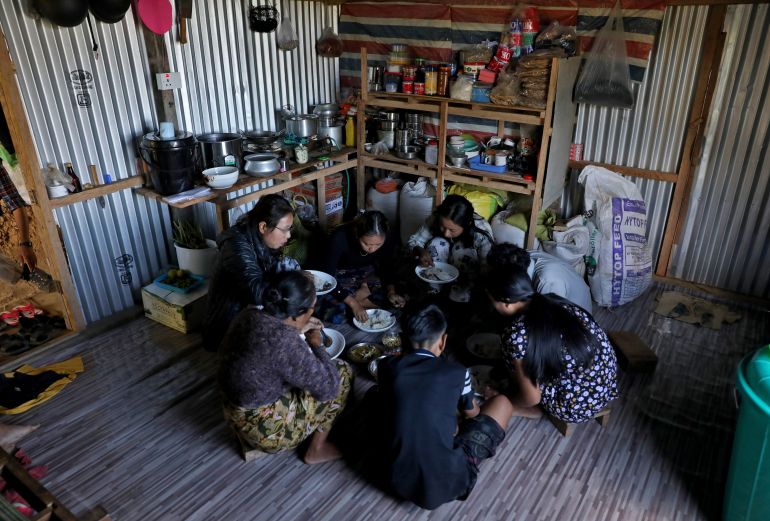
Border fencing anxieties
Angshuman Choudhury, a researcher focused on Myanmar and northeast India, said that conflict observers “are befuddled by these killings in Tamu”.
“It is counterintuitive and should not have happened by any measure,” he said.
The main point of dispute, the border fencing, is an age-old issue, noted Choudhary. “It has always caused friction along the border. And very violent fiction in the sense of intense territorial misunderstandings from groups on either side,” he said.
When New Delhi first moved last year to end the free movement regime, which allows cross-border movement to inhabitants, Indigenous communities across India’s northeastern states of Mizoram, Nagaland, Manipur and Arunachal Pradesh were left stunned. Members of these communities live on both sides of the border with Myanmar – and have for centuries.
Political analysts and academics note that the border communities on either side reconciled with the idea of India and Myanmar because of the freedom to travel back and forth. Erecting physical infrastructure triggers a kind of anxiety in these transnational communities that demarcation on maps does not, argued Choudhary.
“By fencing, India is creating a completely new form of anxieties that did not even exist in the 1940s, the immediate post-colonial period,” Choudhary said. “It is going to create absolutely unnecessary forms of instability, ugliness, and widen the existing fault lines.”
Last year, the Indian home minister, Amit Shah, said that border fencing would ensure India’s “internal security” and “maintain the demographic structure” of the regions bordering Myanmar, in a move widely seen as a response to the conflict in Manipur.
Since May 2023, ongoing ethnic violence between the Meitei majority and the Kuki and Naga minority communities has killed more than 250 people and displaced thousands. The state administration has faced allegations of exacerbating the unrest to strengthen its support among the Meitei population, which the government has denied.
Prime Minister Narendra Modi’s Bharatiya Janata Party (BJP) government and the Manipur state government, also under the BJP, have blamed the crisis in Manipur in part on undocumented migrants from Myanmar, whom they accuse of deepening ethnic tensions.
Now, with the killings in Tamu, Choudhary said that Indian security forces had a new frontier of discontent, along a border where numerous armed groups opposed to Myanmar’s ruling military have operated — until now, in relative peace with Indian troops.
The deaths, he said, could change the rules of engagement between Indian forces and those groups. “Remember, other rebel groups [in Myanmar] are also watching this closely,” he said. “These issues can spiral quickly.”
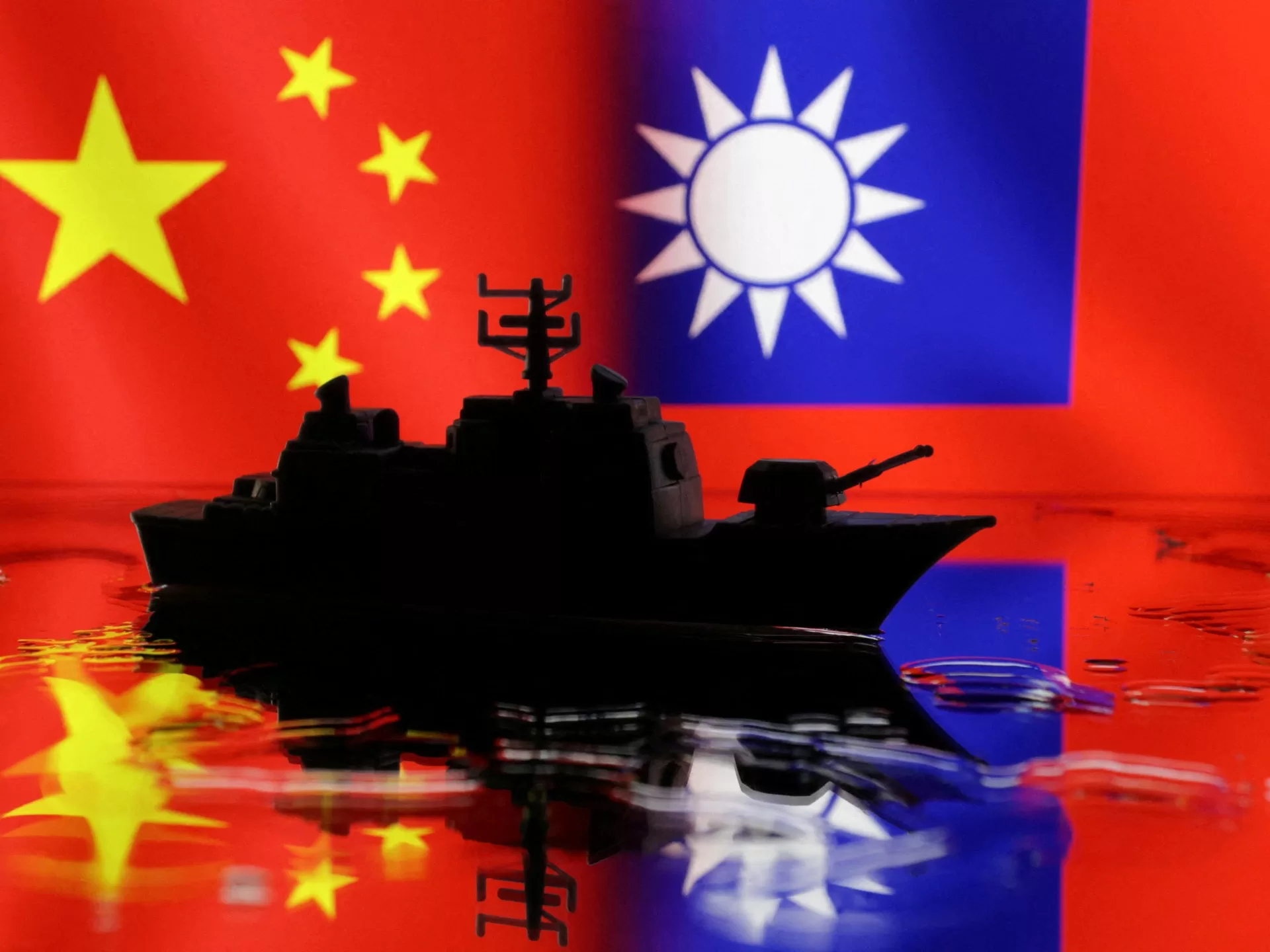
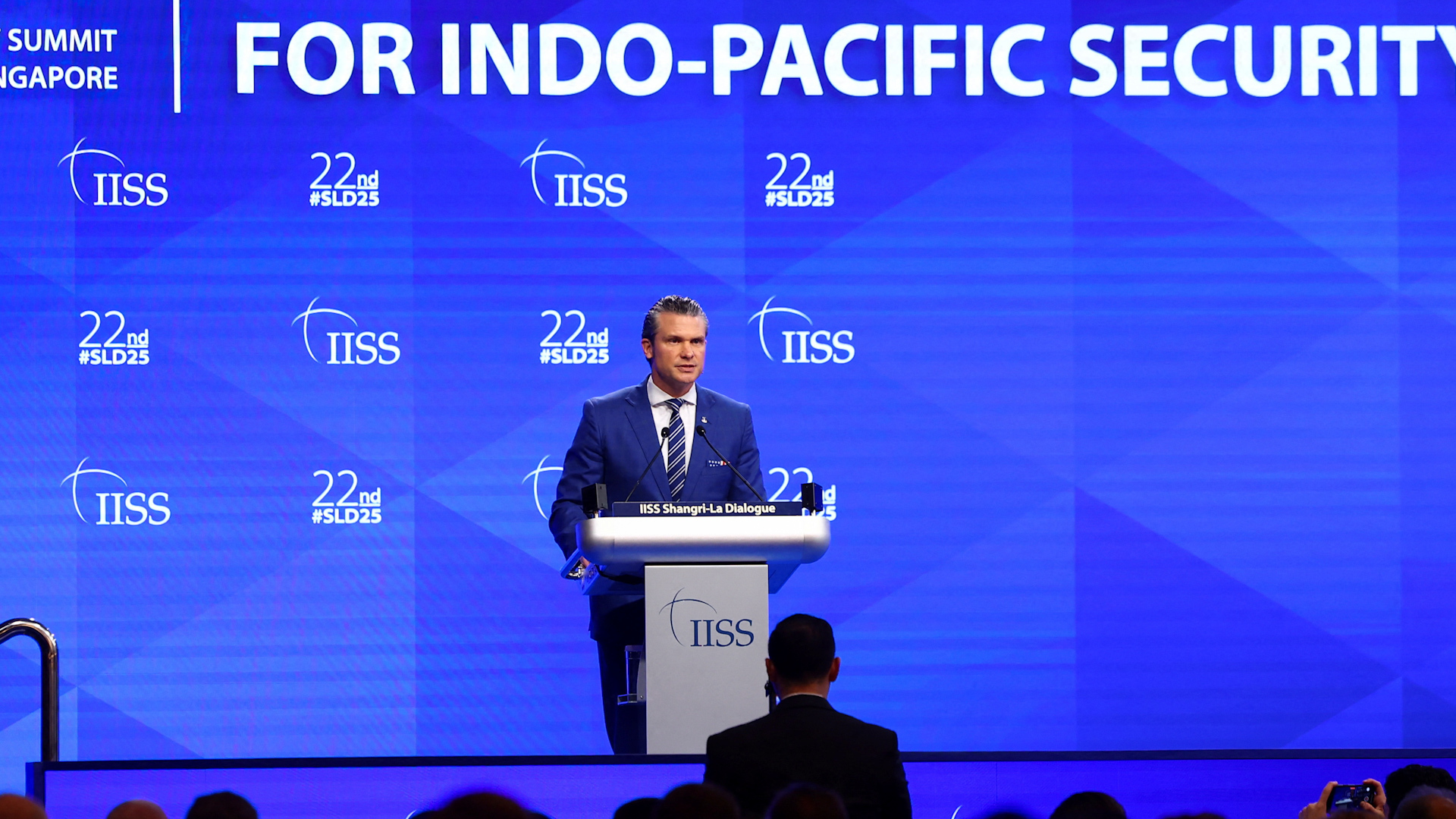
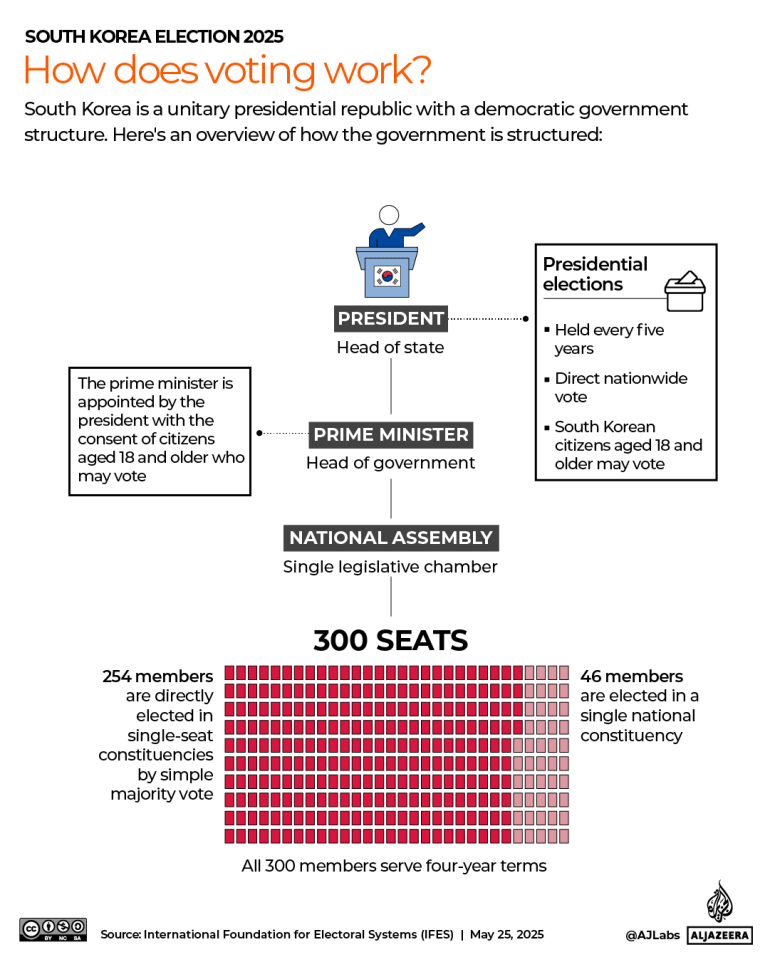
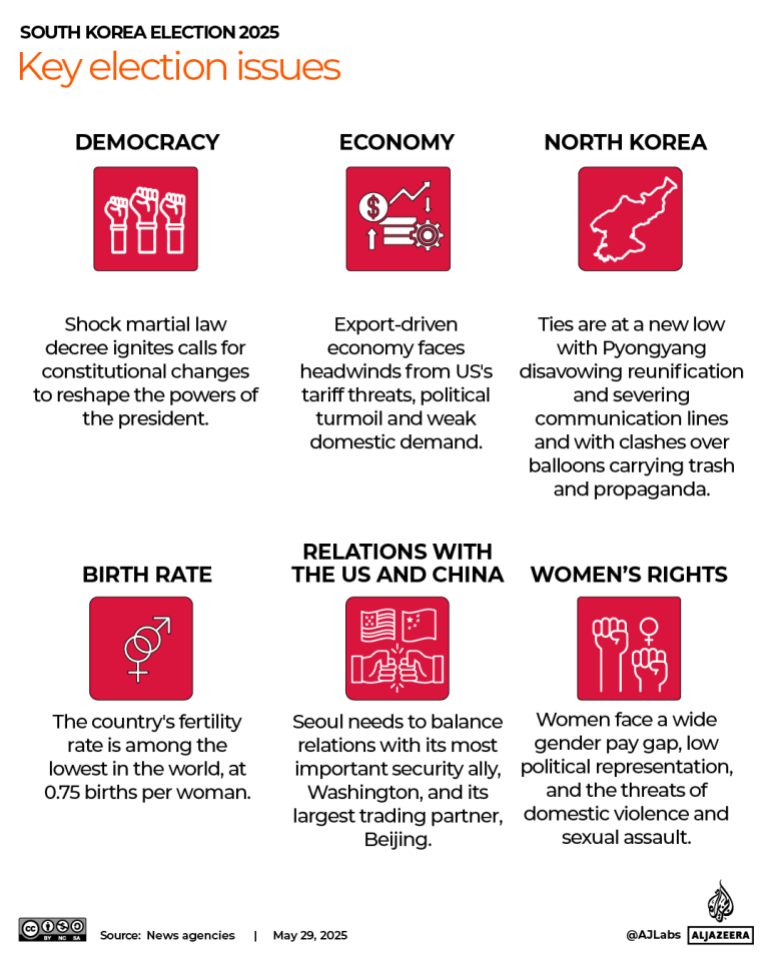
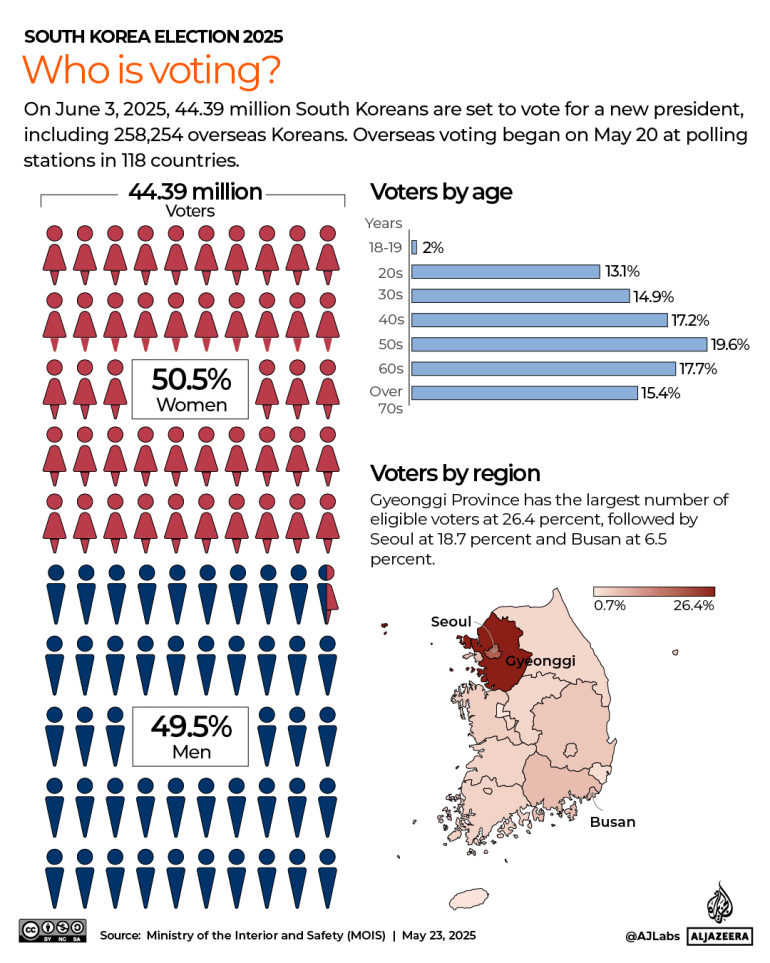
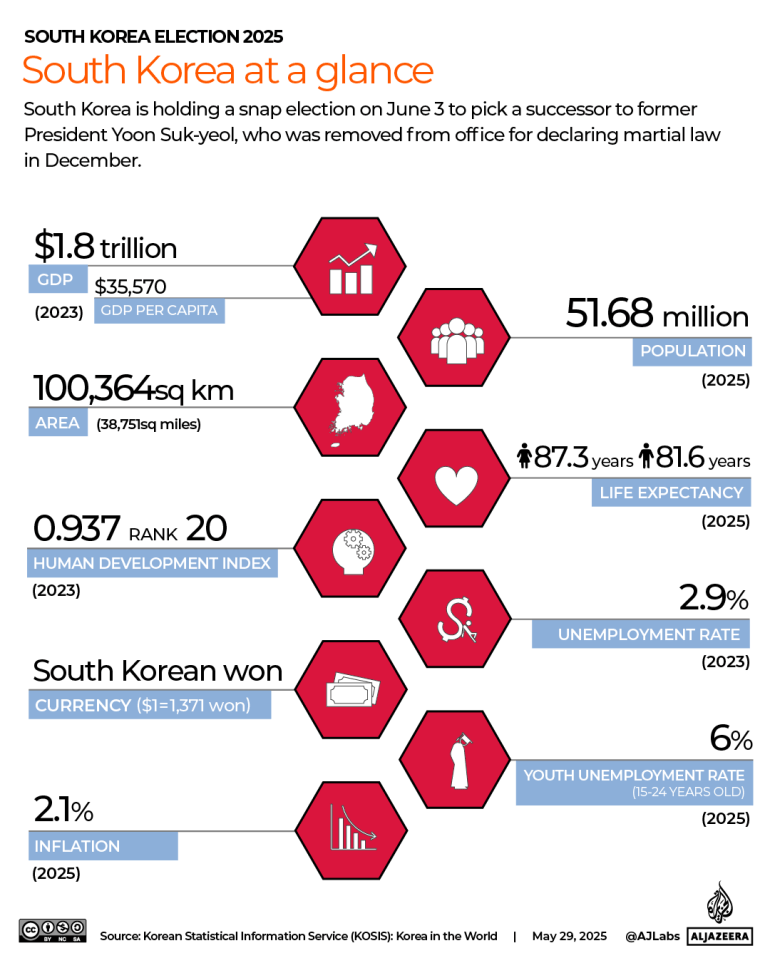
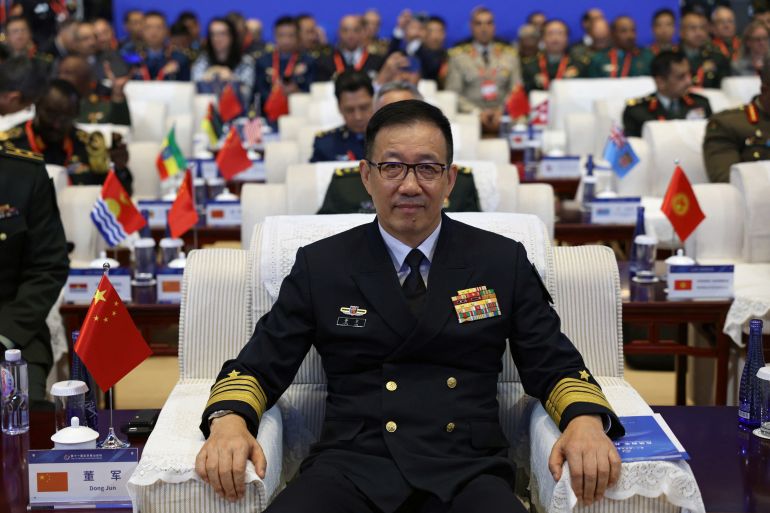


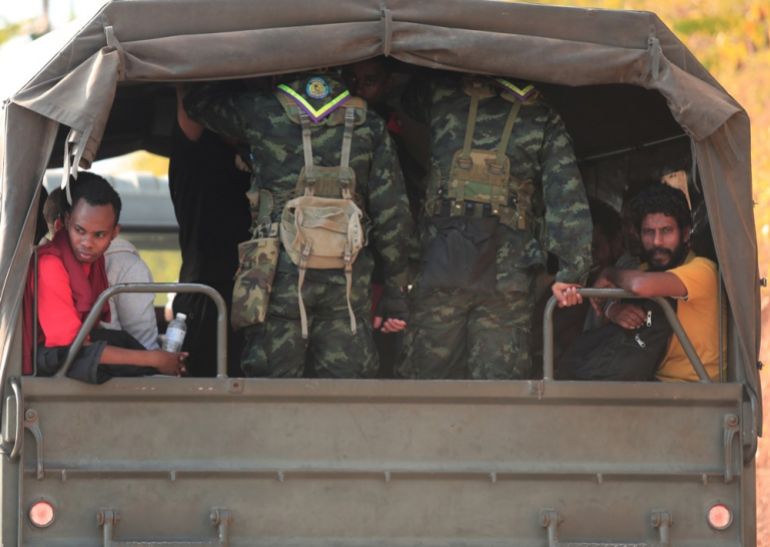
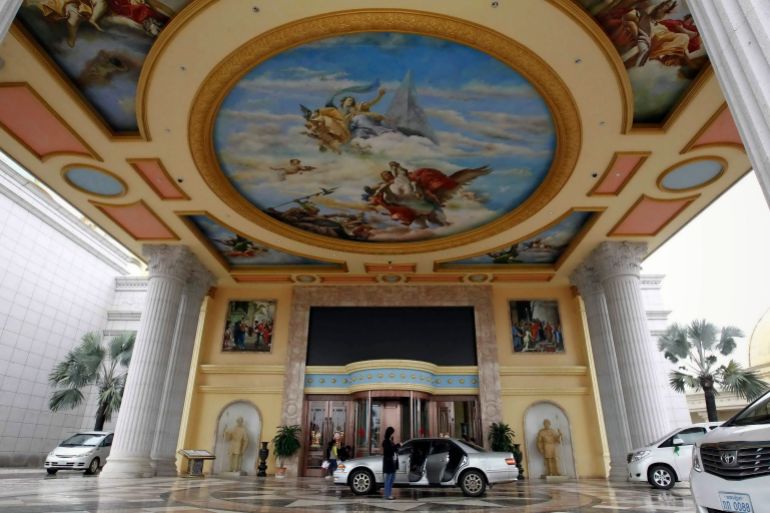
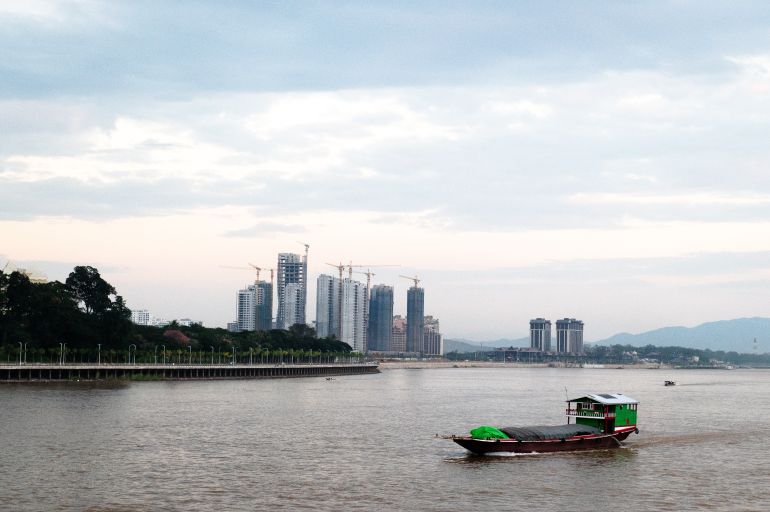
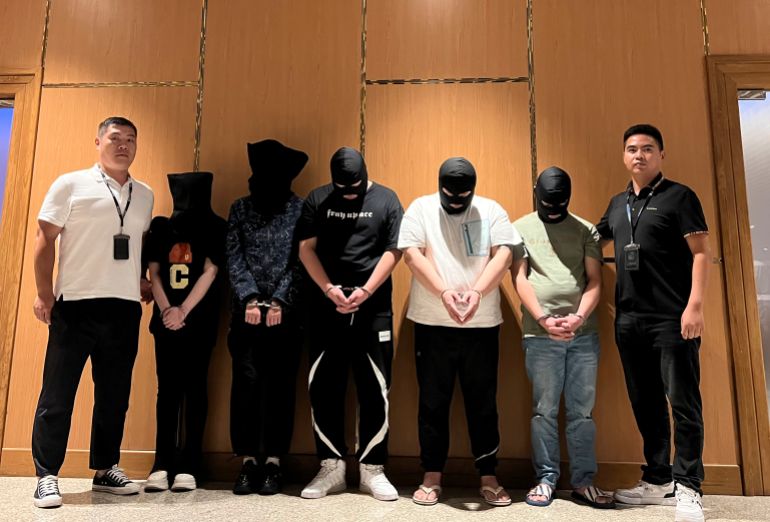
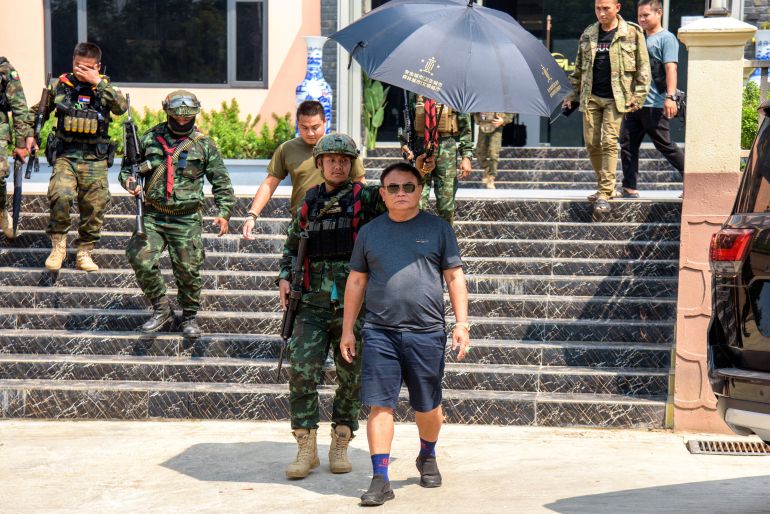
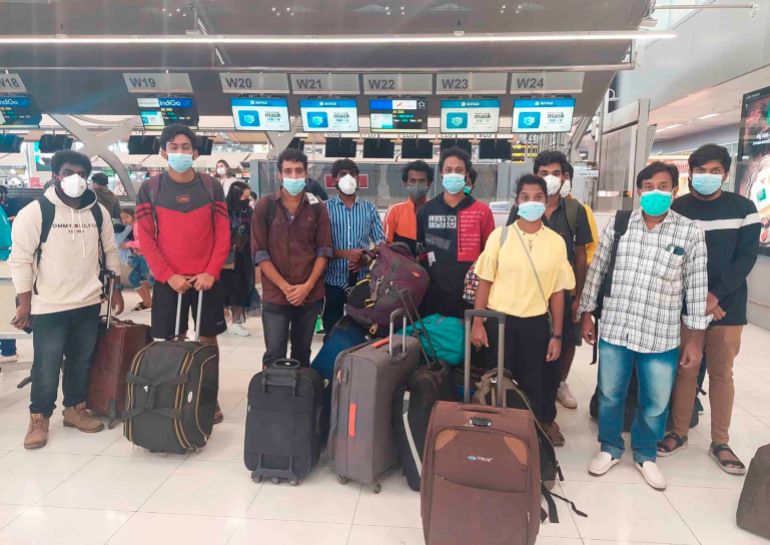
![The international immigration checkpoint in the GTSEZ [Al Jazeera/Ali MC]](https://www.occasionaldigest.com/wp-content/uploads/2025/05/GTSEZ-6-1-1748330770.jpg)
